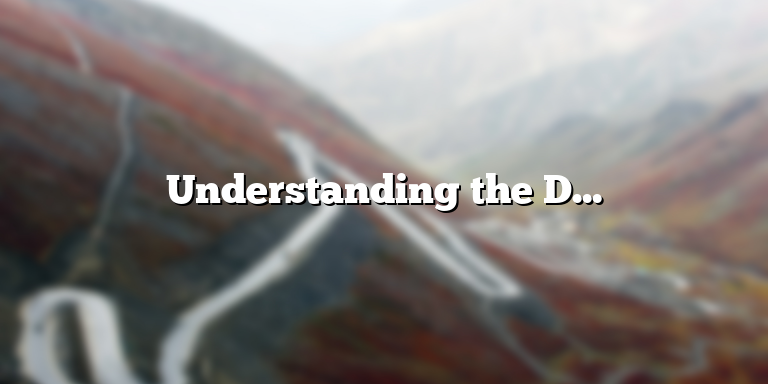
Introduction
Plagiarism is a critical issue in academic and professional contexts, particularly in language education. It refers to the act of using someone else’s work, ideas, or expressions without proper acknowledgment. In the context of English language studies, understanding plagiarism is essential not only for maintaining academic integrity but also for cultivating ethical writing practices. This article explores the definition, types, consequences, and prevention of plagiarism while providing insights into educational strategies that promote originality and honesty in scholarly work.
1. The Dangers of Plagiarizing
Plagiarism may appear to be an easy shortcut, yet its repercussions are far-reaching. Ethically, it undermines the principle of intellectual honesty, while legally, it can lead to violations of copyright laws. In academic settings, plagiarism often results in disciplinary actions, suspension, or expulsion. In professional environments, it can lead to termination and loss of credibility.
Beyond institutional penalties, plagiarism damages personal reputation. When writers or students are exposed for using uncredited material, their integrity and reliability are questioned. Additionally, plagiarism erodes trust within the academic and professional community, making collaboration and recognition more difficult in the future.
From a moral perspective, plagiarism constitutes intellectual theft. Each written work represents an individual’s time, thought, and creativity—taking credit for it without permission disrespects that effort. Recognizing and crediting sources is therefore both a professional and ethical responsibility.
2. Types of Plagiarism
Understanding the types of plagiarism is essential to preventing it. Plagiarism is not limited to copying text word-for-word; it includes a range of behaviors that misrepresent authorship or originality.
2.1. Copy-and-Paste Plagiarism
This is the most direct and easily detectable form. It occurs when a person reproduces another’s work verbatim without citation. In the age of digital access, this form of plagiarism is common but also easily identified through plagiarism detection software. Even when a source is cited, excessive reliance on copied text without interpretation or analysis still constitutes poor academic practice.
2.2. Paraphrasing Plagiarism
Paraphrasing plagiarism occurs when ideas are borrowed and rephrased without proper citation. It can be subtle, as the writer uses different wording but retains the structure or essence of the original text. Effective paraphrasing requires both citation and genuine reinterpretation—writers must demonstrate comprehension and critical engagement with the source material rather than merely altering surface-level phrasing.
2.3. Self-Plagiarism
Self-plagiarism happens when an author reuses parts of their previous work without citation or disclosure. While it may seem harmless, it misleads readers into believing that the content is newly created. Academic institutions and journals often consider self-plagiarism a violation of publication ethics.
2.4. Accidental Plagiarism
Sometimes plagiarism occurs unintentionally, often due to inadequate knowledge of citation standards. However, unintentional plagiarism is still a violation of academic integrity. This underscores the importance of education in citation practices and research ethics.
3. Consequences of Plagiarism
3.1. Loss of Credibility
The most immediate consequence of plagiarism is the loss of credibility. Once accused or proven guilty, individuals face reputational damage that can last for years. In academia, this may lead to revoked degrees or failed courses; in professional contexts, it can end a career.
3.2. Legal Repercussions
Plagiarism can also lead to legal action, especially when copyrighted material is involved. Copyright infringement may result in financial penalties or lawsuits, as it violates intellectual property laws. Organizations that fail to monitor or address plagiarism within their publications may face institutional liability as well.
3.3. Academic and Professional Impacts
Students caught plagiarizing risk suspension or expulsion, while professionals may lose employment or future opportunities. Beyond formal penalties, plagiarism disrupts intellectual growth—it prevents learners from developing their own analytical, linguistic, and creative skills.
4. Tools to Detect Plagiarism
The advancement of technology has made it easier to identify plagiarism. Several tools are widely used in academic and professional settings:
4.1. Grammarly
Grammarly offers an integrated plagiarism checker that compares text with a massive database of academic and web sources. It detects both exact matches and paraphrased similarities while also providing stylistic improvement suggestions.
4.2. Turnitin
Turnitin remains one of the most reputable plagiarism detection tools used in universities. It not only identifies copied content but also generates similarity reports that help instructors evaluate the originality of student submissions.
4.3. Copyscape
Copyscape is often used by content creators and website owners to detect plagiarism online. It scans web content and identifies duplicate or similar text across published pages.
4.4. Plagiarism Checker X
This software enables side-by-side text comparison, allowing users to identify similarities between documents. It is especially popular among educators and researchers for its user-friendly interface and accuracy.
These tools are invaluable for ensuring academic honesty, yet they should complement—not replace—ethical writing habits.
5. Preventing Plagiarism
5.1. Proper Citation and Referencing
The foundation of plagiarism prevention lies in correct citation. Writers must credit every source of information, whether quoted, paraphrased, or summarized. Understanding citation styles such as APA, MLA, or Chicago is crucial for maintaining consistency and transparency.
5.2. Paraphrasing with Integrity
Effective paraphrasing requires understanding the original material and restating it using one’s own analytical voice. Simply altering words or syntax is insufficient. Writers should integrate paraphrased content into their own argument while acknowledging the source.
5.3. Developing Original Thought
Encouraging creativity and critical thinking helps reduce dependence on others’ work. Academic writing should reflect the author’s perspective, supported—but not dominated—by external references.
5.4. Utilizing Plagiarism Checkers
Checking drafts through plagiarism detection tools before submission can help identify overlooked citations or unintentional copying. This practice reinforces accountability and improves the overall quality of writing.
5.5. Seeking Academic Support
Students and writers can benefit from consulting writing centers, librarians, or instructors for guidance on citation, paraphrasing, and referencing. Workshops and writing tutorials can significantly reduce instances of unintentional plagiarism.
6. Teaching and Awareness
Educators play a crucial role in shaping ethical academic behavior. Teaching about plagiarism should go beyond punishment; it should involve fostering understanding and responsibility. Classroom discussions, case studies, and writing exercises can help learners recognize what constitutes plagiarism and how to avoid it.
Instruction should also include techniques for summarizing and paraphrasing, as well as the use of plagiarism detection tools. By integrating plagiarism education into the curriculum, educators promote a culture of honesty and intellectual respect.
Conclusion
Plagiarism remains one of the most serious violations of academic and professional integrity. Its implications—ethical, legal, and intellectual—extend far beyond individual misconduct. By understanding its forms, consequences, and prevention methods, writers can maintain credibility, contribute original thought, and uphold the principles of ethical scholarship. Ultimately, combating plagiarism is not only about compliance but about fostering respect for intellectual labor and the continuous pursuit of authentic knowledge.
